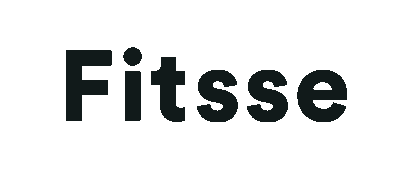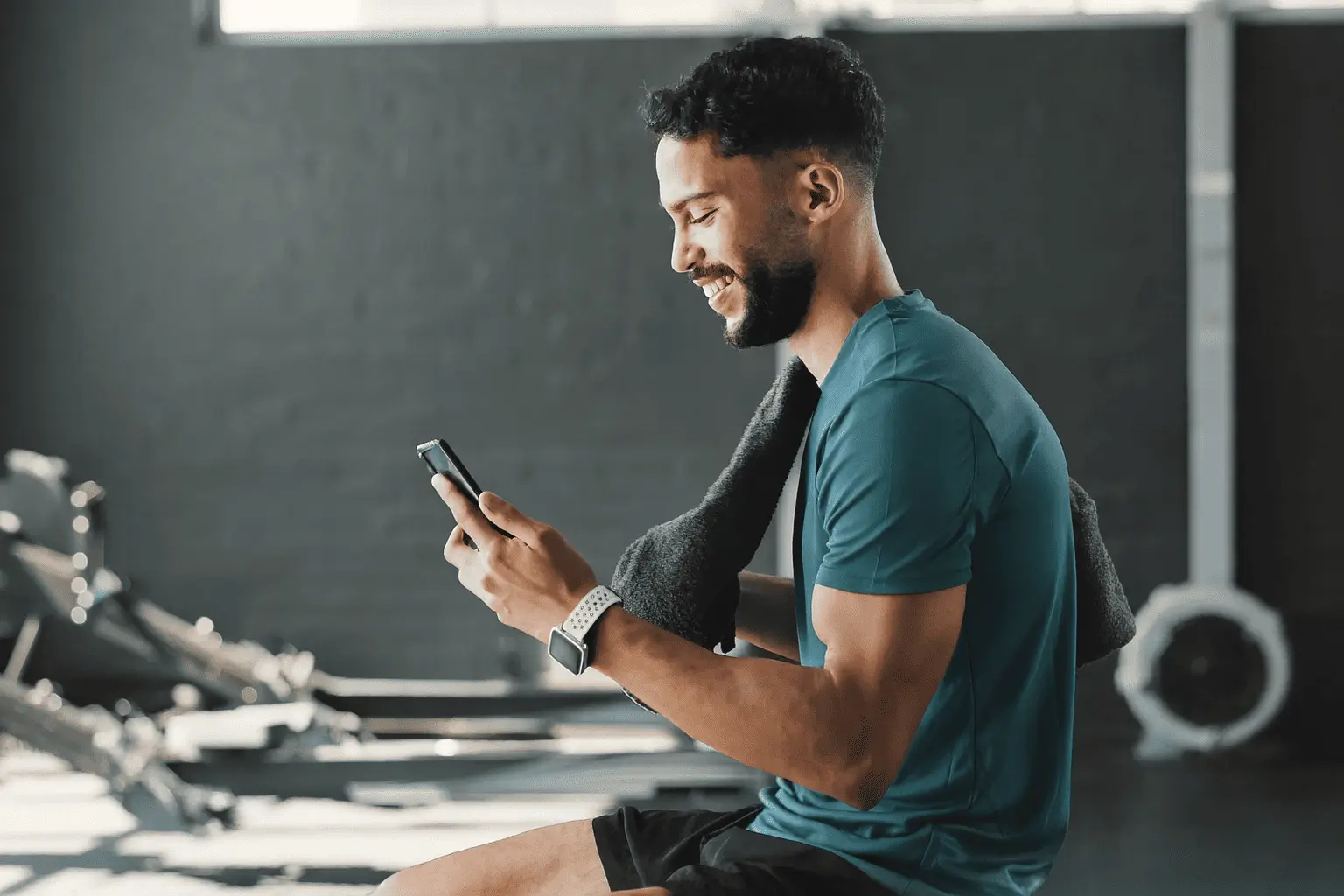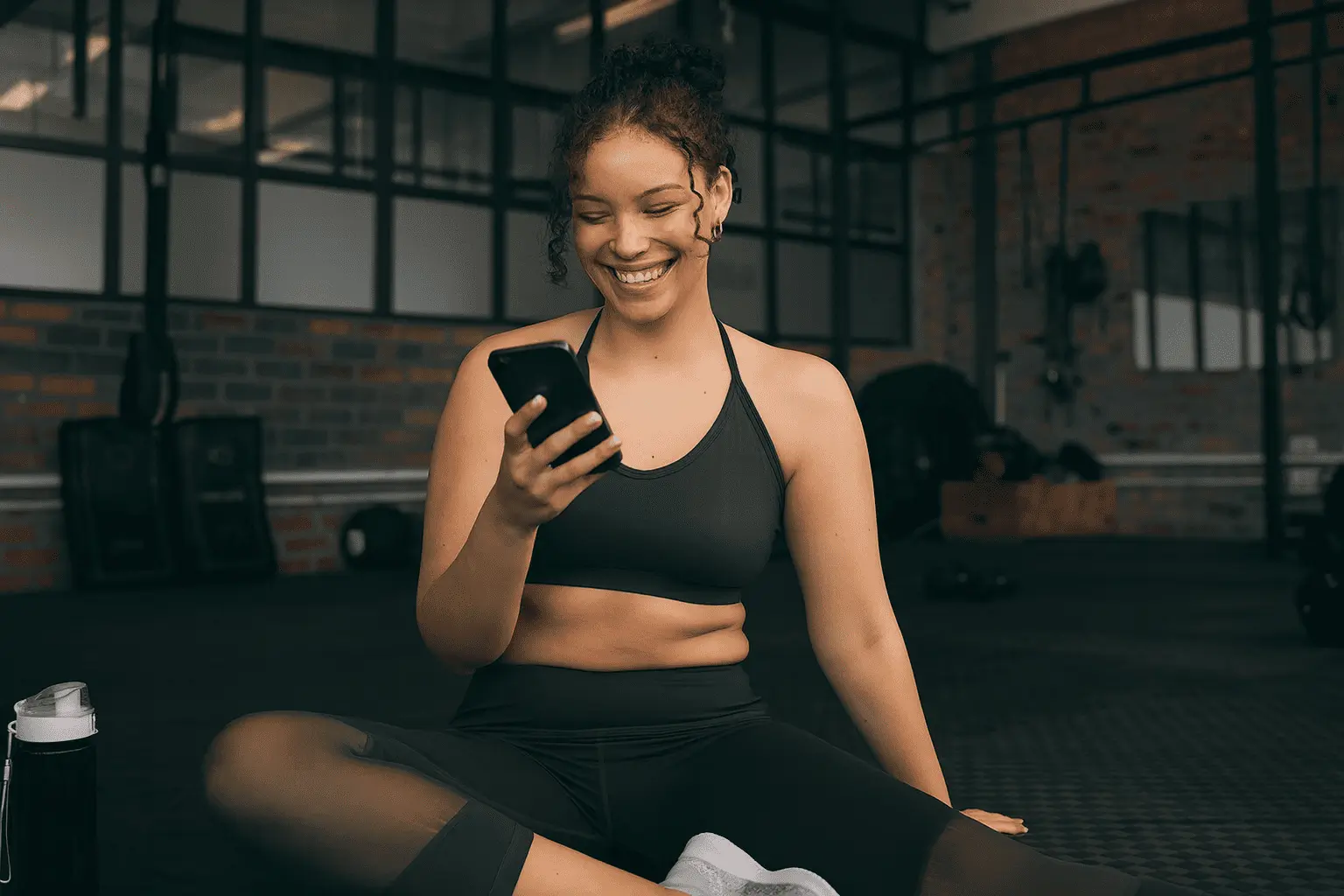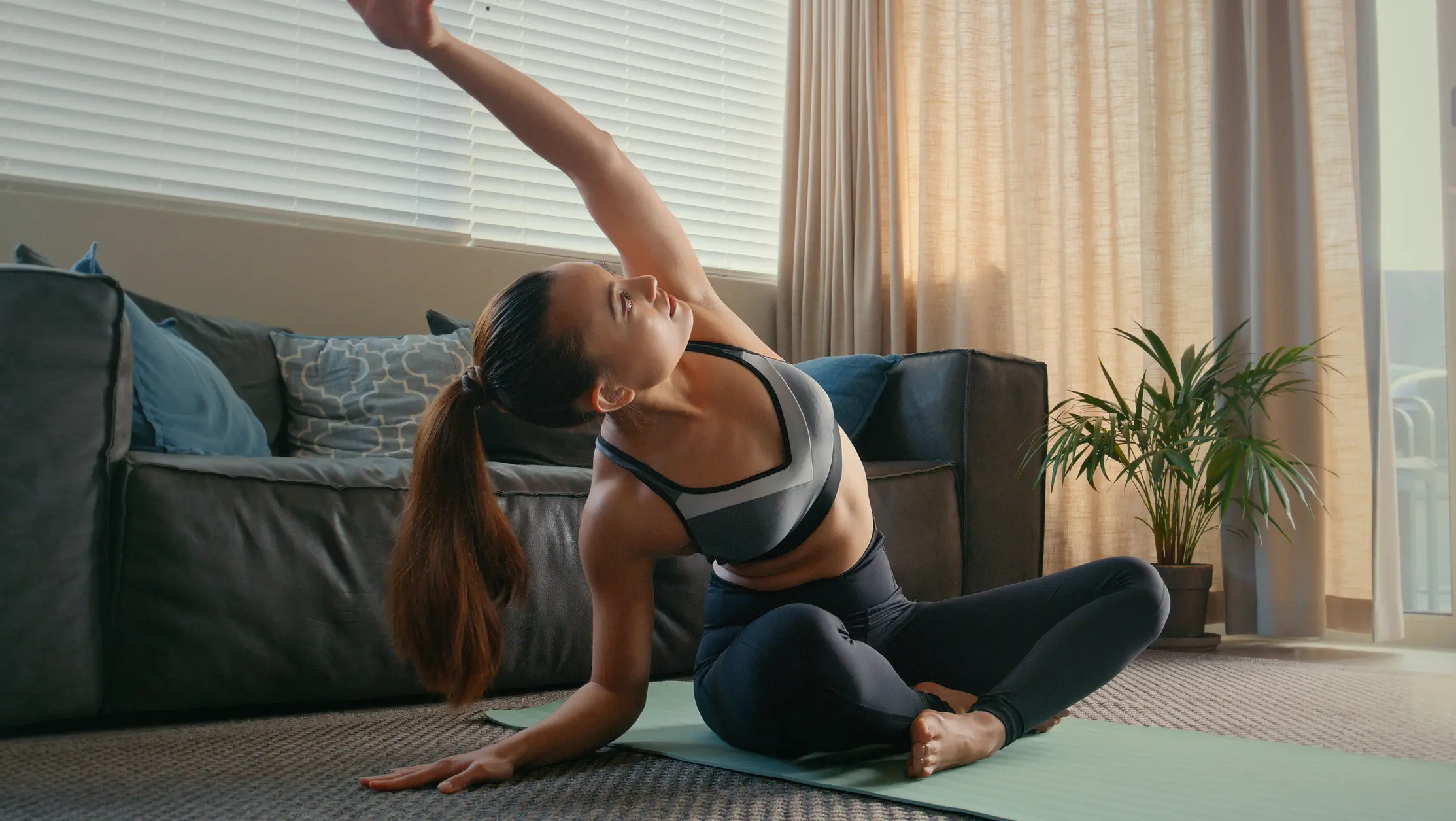Incorporating a workout into your daily life can seem challenging, especially with a busy schedule. However, with a little creativity, discipline, and motivation, you can seamlessly blend exercise into your routine. The benefits of regular exercise are well-documented: it boosts your mood, improves your physical health, enhances your mental focus, and helps you maintain a healthy weight. In this comprehensive guide, we’ll discuss five practical ways to incorporate a workout into your daily life, regardless of your lifestyle, goals, or schedule.
1. Schedule Short Workouts Throughout the Day
One of the most common reasons people struggle to incorporate exercise into their routine is a lack of time. You might not have an hour to spare for a gym session, but by breaking your workout into smaller segments, you can still make significant progress. Here’s how you can fit short workouts into your daily routine:
Micro Workouts
Micro workouts involve short bursts of activity throughout the day. For instance, you can take 5-10 minutes to do a quick workout between meetings or during breaks. Some options include:
- Bodyweight exercises: Squats, push-ups, lunges, and planks require no equipment and can be done anywhere.
- High-Intensity Interval Training (HIIT): These short, intense bursts of exercise get your heart rate up in a short time. A 5-minute HIIT session can be as effective as a longer workout.
- Stretching and mobility exercises: Use these quick breaks to improve your flexibility and relieve tension, especially if you have a desk job.
By accumulating these mini workouts throughout the day, you can reach 30-60 minutes of exercise without needing a large block of time.
Make Use of Your Environment
Use your immediate surroundings to sneak in quick workouts. If you live or work in a multi-story building, take the stairs instead of the elevator. When you park your car, park further away from the entrance to walk more. These little bursts of activity throughout the day can add up.
- Take a walk during phone calls or meetings.
- Use a standing desk to burn more calories than sitting.
- Do calf raises while waiting in line or brushing your teeth.
Even short exercises performed consistently throughout the day can greatly improve your fitness level over time.
2. Wake Up Early for Morning Workouts
Waking up early and dedicating time to exercise is one of the most effective ways to incorporate a workout into your daily routine. Morning workouts come with several benefits, including improved focus, elevated energy levels, and a sense of accomplishment that sets a positive tone for the rest of the day. If you’re not naturally a morning person, it might be challenging at first, but over time, it becomes a powerful habit.
Why Morning Workouts Are Effective
- Fewer distractions: Early in the morning, there are usually fewer distractions and demands on your time, making it easier to focus on your workout.
- Boost metabolism: Morning exercise can jump-start your metabolism, helping you burn more calories throughout the day.
- Consistent routine: By making exercise the first thing you do each day, you eliminate the possibility of skipping it due to other commitments that might come up later.
Tips for Establishing a Morning Workout Routine
- Prepare the night before: Lay out your workout clothes, fill your water bottle, and get your equipment ready. This eliminates any excuses or time wasted in the morning.
- Start small: If you’re new to morning workouts, start with a 15-20 minute session. You can gradually increase the duration as you become more comfortable.
- Go to bed earlier: Prioritize sleep by going to bed earlier, so you feel rested when you wake up for your workout. Aim for 7-9 hours of sleep per night.
- Mix up your workouts: Incorporating a variety of exercises can help keep you motivated. Rotate between cardio, strength training, yoga, and stretching.
3. Incorporate Workouts into Your Commute
If you commute to work or school, incorporating a workout into your commute can be an efficient way to stay active without setting aside extra time. Active commuting is not only great for your health but also for the environment.
Walk or Bike to Work
Walking or biking to work is an excellent way to get your daily dose of cardio. Even if your commute is long, you can combine public transportation with walking or biking. For example, you might bike to the train station or walk a portion of your commute instead of driving the entire way.
- Invest in a good bike: If biking is a feasible option for your commute, consider investing in a comfortable, durable bike that suits your needs.
- Plan your route: Look for bike-friendly routes or pedestrian paths if you’re walking. Apps like Google Maps can help you find the safest and most convenient paths.
- Time management: Active commuting can sometimes take longer than driving, so factor this into your schedule. However, the time spent exercising instead of sitting in traffic can be well worth it.
Commute by Public Transportation and Walk
If biking or walking the entire way isn’t an option, consider taking public transportation and getting off a few stops earlier to walk the rest of the way. This way, you’ll still get some exercise while incorporating it seamlessly into your commute.
Use Stairs Instead of Elevators
If your commute involves an office building with multiple floors, make it a habit to take the stairs instead of the elevator. Climbing stairs is a great way to strengthen your legs and get your heart rate up, and it can easily be incorporated into your day.
4. Exercise During Your Lunch Break
Your lunch break provides an excellent opportunity to fit in a workout, especially if you have a busy schedule. Instead of sitting at your desk or in a cafeteria for the entire break, consider using part of that time to get moving.
Quick Gym Session
If you have access to a gym nearby, use your lunch break to fit in a 20-30 minute workout. You can use this time to do strength training, cardio, or a combination of both. Some gyms offer express classes designed to fit into a lunch hour, making it easier to get a structured workout.
- Plan ahead: Pack your workout clothes and a towel the night before so you’re prepared. Many gyms have lockers where you can store your belongings.
- Efficient workouts: Focus on compound exercises that work multiple muscle groups at once to maximize your time. Examples include squats, deadlifts, push-ups, and rows.
- Post-workout meal: After your workout, make sure you have a nutritious lunch ready to refuel your body. This could be a protein-packed salad, a smoothie, or a balanced meal with lean protein, vegetables, and whole grains.
Outdoor Walks or Runs
If hitting the gym isn’t an option, take advantage of the outdoors. Go for a brisk walk or run around your office building or a nearby park. Walking or running outside can help clear your mind, relieve stress, and boost your energy levels for the rest of the day.
- Walking groups: If possible, encourage your coworkers to join you for a lunchtime walk. This can make it more enjoyable and help build camaraderie.
- Use an app: Fitness apps like Strava or MapMyRun can track your steps, distance, and pace, helping you stay motivated to walk or run during your break.
At-Desk Workouts
If you’re short on time and can’t leave your desk, you can still get some movement in with simple at-desk exercises. These can include:
- Seated leg raises: Sit tall in your chair and straighten one leg in front of you. Hold for a few seconds, then lower it and switch legs.
- Chair dips: Sit at the edge of your chair and place your hands beside your hips. Lift your hips off the chair and lower your body, then push back up.
- Seated stretches: Stretch your arms, legs, and neck to relieve tension and improve your flexibility.
Incorporating exercise into your lunch break can be a refreshing way to recharge and ensure you stay active during the day.
5. Use Technology and Fitness Apps for Guidance and Accountability
In the digital age, technology can be an excellent ally in helping you incorporate exercise into your daily life. Fitness apps, trackers, and online communities can provide guidance, motivation, and accountability, helping you stay on track with your fitness goals.
Fitness Trackers
Fitness trackers like Fitbit, Apple Watch, and Garmin can help you monitor your physical activity, heart rate, and calories burned throughout the day. These devices often come with built-in reminders to move, motivating you to take more steps, stand up, or complete a workout.
- Set daily goals: Most fitness trackers allow you to set daily activity goals, such as 10,000 steps or 30 minutes of exercise. Achieving these small goals can keep you motivated.
- Sleep tracking: Many fitness trackers also monitor your sleep patterns, helping you understand how well-rested you are. Sleep is a crucial component of recovery, and getting enough rest is essential for maintaining an active lifestyle.
Workout Apps
Workout apps like Fitsse offer a variety of workouts for different fitness levels and goals. You can choose from quick 10-minute sessions to longer workouts, depending on your available time.
Online Classes and Communities
If you prefer working out from home, you can join live-streamed or on-demand fitness classes through platforms like YouTube, Zoom, or dedicated fitness websites. Many offer a wide range of workout styles, from yoga to HIIT to dance, so you can find what suits you best.
Additionally, online fitness communities and social media groups can provide support and accountability. Sharing your progress, participating in challenges, or even joining virtual workout groups can help keep you motivated.
Customizable Workouts
Apps like Freeletics and Aaptiv allow you to tailor workouts based on your fitness level, goals, and available time. For example, if you only have 10 minutes, these apps can generate a short, high-intensity workout that fits your needs.
Fitness apps and technology can be instrumental in helping you stay consistent, track your progress, and achieve your fitness goals.
Conclusion
Incorporating a workout into your daily life doesn’t have to be overwhelming or time-consuming. By making small, manageable changes to your routine, you can gradually build exercise into your day. Whether you prefer morning workouts, active commuting, lunchtime sessions, or using fitness apps for guidance, there are countless ways to stay active without compromising your busy schedule.
The key to success is consistency. By choosing activities you enjoy and finding creative ways to fit them into your routine, you can make exercise a regular part of your day, improving both your physical and mental health. Start with one or two strategies from this guide and build from there—over time, you’ll develop a habit that enhances your life and keeps you moving towards your fitness goals.
Consider incorporating virtual reality (VR) workouts into your routine. With advancements in VR technology, you can engage in immersive fitness experiences that make exercise fun and engaging. Platforms like Supernatural and FitXR offer a variety of workouts that simulate real-world environments, providing a unique way to stay active at home. Additionally, explore wearable technology that offers personalized feedback and coaching. Devices like the WHOOP strap or Oura Ring provide insights into your recovery, sleep, and readiness to train, helping you optimize your workout schedule for better results. For those interested in community support, consider joining fitness challenges on social media platforms like Instagram or TikTok. These challenges can provide motivation and a sense of camaraderie as you work towards your fitness goals alongside others.
Consider incorporating virtual reality (VR) workouts into your routine. With advancements in VR technology, you can engage in immersive fitness experiences that make exercise fun and engaging. Platforms like Supernatural and FitXR offer a variety of workouts that simulate real-world environments, providing a unique way to stay active at home.
Additionally, explore wearable technology that offers personalized feedback and coaching. Devices like the WHOOP strap or Oura Ring provide insights into your recovery, sleep, and readiness to train, helping you optimize your workout schedule for better results.
For those interested in community support, consider joining fitness challenges on social media platforms like Instagram or TikTok. These challenges can provide motivation and a sense of camaraderie as you work towards your fitness goals alongside others.















One Comment